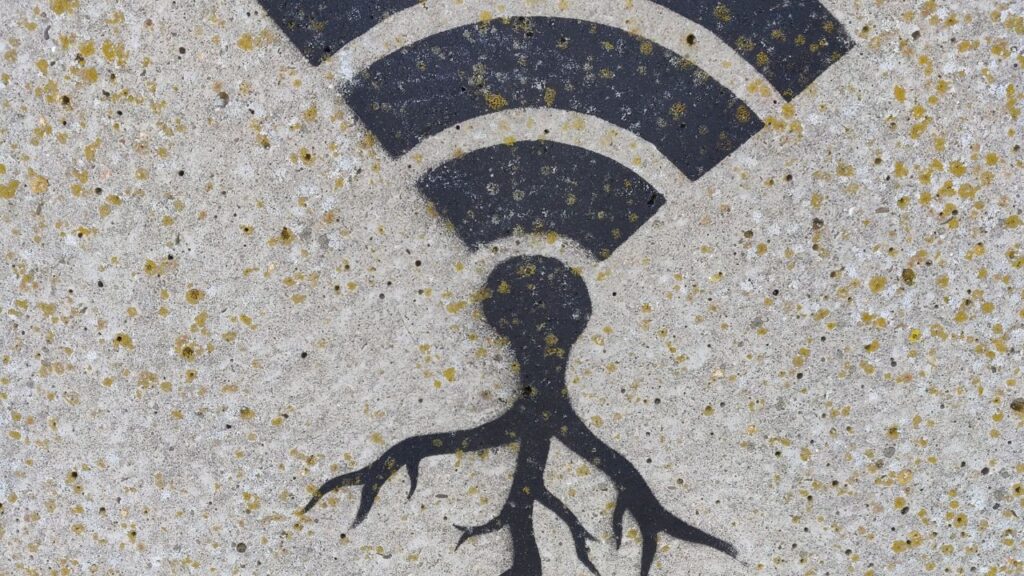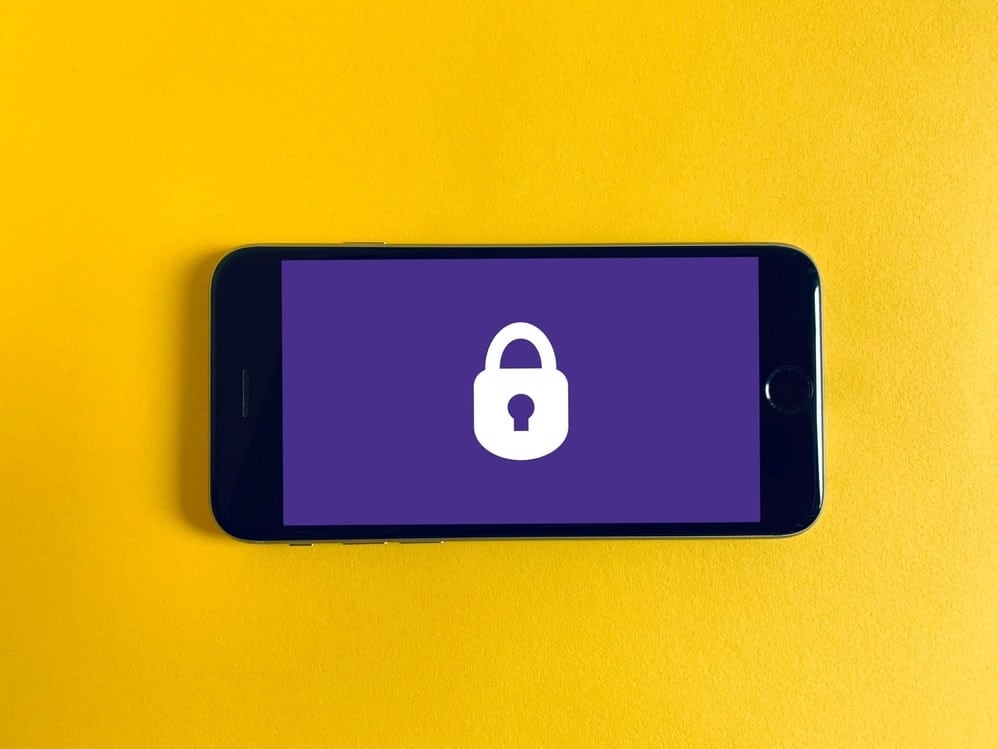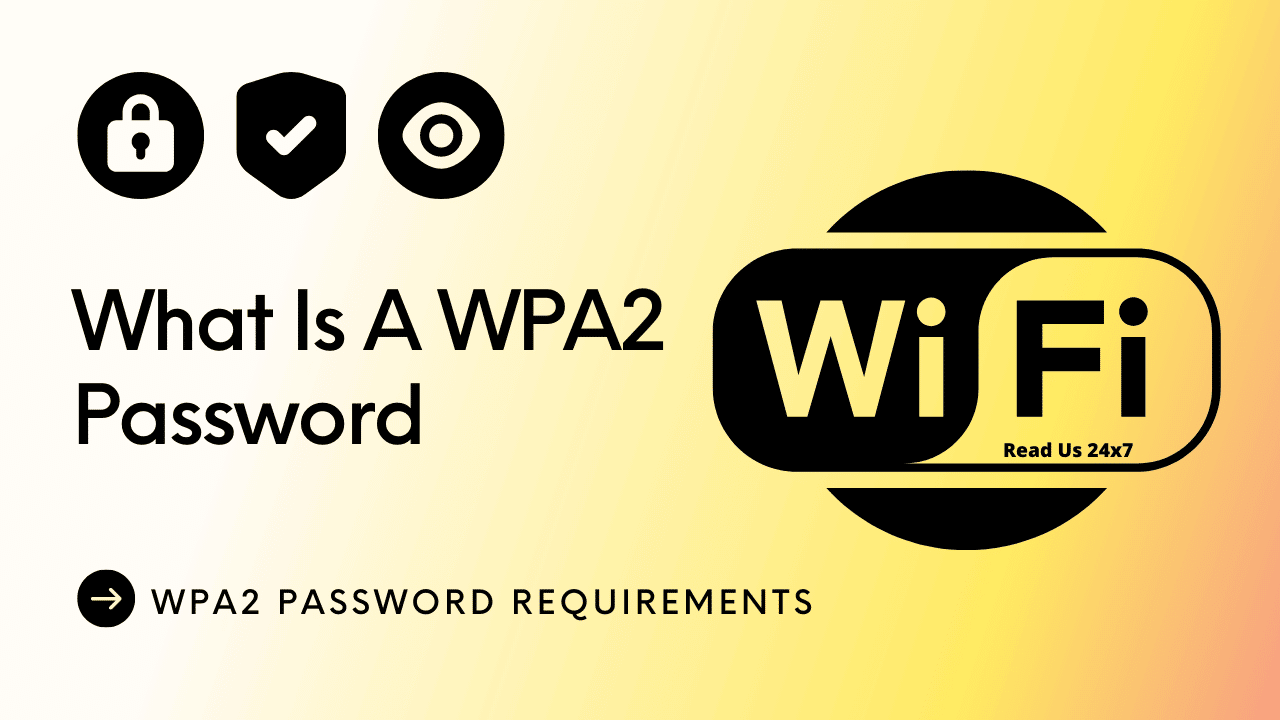If you’re like most people, you have a lot of passwords to remember. And if you’re like most businesses, you have even more. But how many of those passwords do you know by heart? Chances are, not many. That’s why it’s important to use a password manager to keep track of all your login information. A password manager can create strong passwords for you and store them in an encrypted file so you don’t have to worry about forgetting them. But what is a WPA2 password? Let’s take a look.
What is a WPA2 Password?
Wi-Fi protected access (WPA) is the first generation of Wi-Fi networking. It was released in 1999 and had an effective 12-year lifespan before being replaced with WPS, or Wi-Fi-protected Setup. The second-generation protocol known as WP2 password provides further protection for homes against outsider’s attacks on your home network by providing more robust security features than its predecessor; including stronger encryption methods that are not susceptible to Rainbow cracking tools!
Are you using a WPA2 password? If not, you should be! WPA2 is the most secure wireless security protocol available. In this article, I’ll explain what WPA2 is and how to use it to protect your wireless network. We’ll also provide some tips for creating strong passwords. Stay safe online!
When you set up a secure wireless network, one of the things you’ll need to do is create a Wi-Fi password. You might be wondering, what is a WPA2 password? WPA2 is short for Wi-Fi Protected Access II, and it’s the most common type of security used for wireless networks. To create a WPA2 password, you’ll need to come up with a passphrase that is at least 8 characters long. Make sure to choose a strong password that is difficult to guess.
History of WPA2

The Wi-Fi Alliance introduced new certification requirements for WPA2 in 2004, which were later updated to be compatible with CCMP and AES-based encryption modes. This change happened between March 2006 – June 2020 when it became mandatory on all devices bearing the “WiF” trademark logo; before this period ended you could still use older versions of firmware that didn’t meet these standards but would not receive any sort of recognition from manufacturers or networks supporting them.
WPA2 uses AES (Advanced Encryption Standard), a strong encryption algorithm that is much more difficult to crack than WEP.
What Are the Requirements for a WPA2 Password?
Wi-Fi passwords can be complicated, but WPA2 doesn’t have any password requirements. However, you must enter a combination of the following:
- Must be at least 8 characters long.
- Can contain upper and lower case letters, numbers, and special characters.
- Must be changed every 90 days.
To ensure that your password is not easily broken, you should make sure it has at least 16 characters. Anything less could be cracked by a hacker in just minutes with the right tools and techniques!
Safety and Security

When it comes to safety and security, WPA2 is the best option available. If you’re looking to protect your home network, be sure to use a WPA2 password.
Wi-Fi routers that use WPA2 encryption will be more secure than those with other types of security protocols. This is because hackers cannot penetrate the network remotely and users need their password to access it, so strangers without this information are left out on your internet connection entirely!
How Do I Find My WPA2 Password?
If you’re not sure how to find your WPA2 password, don’t worry! Most routers come with a default password that you can use. You can also find the WPA2 password in the router’s settings menu.
To access the router’s settings menu, you’ll need to connect to the router’s local network. Once you’re connected, open a web browser and enter the router’s IP address into the address bar. This will take you to the router’s login page. From here, you can change the WPA2 password to something more secure.
Keep in mind that it’s important to choose a strong WPA2 password. A weak password could be easily guessed by a hacker, so be sure to choose something difficult to guess.
What is a Good WPA2 password for Wi-Fi?
When it comes to WPA2 passwords, the stronger the better. A common misconception is that short, simple passwords are more secure when in reality they’re easier to crack. Attackers can use computers to quickly guess short passwords, while longer, more complex passwords are much harder to crack in real-time. To create a strong WPA2 password, aim for a random set of characters that is at least 8 characters long. The longer the better!
Once you have your password, be sure to never reuse it across different accounts. Using the same password makes it easier for attackers to gain access to multiple accounts if they can crack your password. By following these simple tips, you can help keep your accounts more secure and make it much harder for attackers to gain access to your personal information.
Check out this cool password checker tool!
How Do I Set a WPA2 Password?
If you are trying to set up a new router then during the setup process, there will be an option to select WPA2 from the list of available security protocols. If you have an existing router that you would like to change the password on then, you can usually do so from the router login page.
Is WEP Safer Than WPA2?
No, WEP is not safer than WPA2. WPA2 is the most secure type of Wi-Fi password available. WEP has been proven to be insecure and easy to crack. If you’re looking to protect your home network, be sure to use a WPA2 password.
WPA3 was announced in January 2018 and provides even stronger security than WPA2. However, it is not yet widely available. WPA3 will eventually replace WPA2 as the standard for Wi-Fi security. It was announced after the KRACK attack was revealed, which showed that WPA2 could be vulnerable to certain types of attacks. WPA3 addresses these vulnerabilities and offers even stronger security than WPA2. WPA3 replaces the Pre-Sharing of Keys with Simultaneous Authentication for Equals or SAE.
What Should I Do if My WPA2 Password Is Weak?
If you think your WPA2 password may be weak, it’s important to change it to a stronger one as soon as possible. You can usually do this from the router login page. Keep in mind that it’s important to choose a strong WPA2 password. A weak password could be easily guessed by a hacker, so be sure to choose something difficult to guess.
It’s also a good idea to enable two-factor authentication (2FA) on any accounts that support it. 2FA adds an extra layer of security by requiring you to enter a code from your phone in addition to your password when logging in. This makes it much harder for attackers to gain access to your account even if they have your password.
What Should I Do if My WPA2 Password Is Stolen?
If you think your WPA2 password may have been stolen, the first thing you should do is change it to a new, strong password. You can usually do this from the router login page.
You should also keep an eye out for any suspicious activity on your accounts. If you see anything unusual, be sure to change your passwords and enable 2FA right away.
Is WPA2 Enterprise Better Than WPA2 Personal?
WPA2 Enterprise is more secure than WPA2 Personal because it uses RADIUS authentication instead of a pre-shared key. This means that each user has a username and password, which makes it much harder for attackers to gain access to the network. WPA2 Enterprise is typically used in corporate environments where security is of the utmost importance.
How do I find my WPA2 Password on Mac? (Latest Method)
- Open the Keychain Access application.
- Type the network name for which you want to find the WPA2 key, into the Find field.
- The network name will appear in the list.
- Double-click the network name. A window with the item info will open, make sure the Attributes tab is selected.
- Click Show Password. Keychain Access will ask you to enter an admin username and password (Of this Mac).
- Once you enter your admin username and password, the WPA2 password will be displayed in the Show Password field.
WPA2 vs. WPA vs. WEP
WEP, WPA, and WPA2 are Wi-Fi security protocols that secure wireless connections. WEP (Wired Equivalent Privacy) is the oldest and least secure of the three, and it should only be used if absolutely necessary. WPA (Wi-Fi Protected Access) is a mid-level security protocol that provides decent protection against most hackers. WPA2 is the newest and most secure protocol, but it consumes more processing power to protect your network. Generally, WPA2 is the best choice for home users, while WPA may be sufficient for small businesses with fewer devices on their network. Either way, it’s important to choose a protocol that meets your needs and provides the level of security you’re comfortable with.
| WEP | WPA | WPA2 | |
|---|---|---|---|
| Year introduced | 1999 | 2003 | 2004 |
| Encryption protocol | Fixed-key | TKIP | CCMP |
| Session key size | 64-bit/128-bit | 256-bit | 256-bit |
| Cipher type | RC4 stream cipher | TKIP (RC4-based) | AES |
| Data integrity | Cyclic Redundancy Check | Message Integrity Check | CCMP |
| Authentication method | Open system/Shared key | PSK | PSK + PMK |
| Key management | Symmetric key encryption | WPA + WPA-PSK | PMK + PSK |
Is a WPA2 password different from a Wi-Fi password?
A WPA2 password is the same as a Wi-Fi password. WPA2 is a security protocol that secures wireless connections. In order to connect to a WPA2 network, you need to know the WPA2 password.
To sum it up, a WPA2 password is simply the password you use to connect to a WPA2-secured Wi-Fi network. This password can also be referred to as a WPA2 passphrase.
How do I find my WPA2 Password on my iPhone?
- Make sure your iPhone is connected to the Wi-Fi network whose password you want to find.
- Tap Settings.
- Tap Wi-Fi.
- Tap the i icon next to the Wi-Fi network name.
- Find the Router field and write down the number listed there (It is the router’s IP address). It is probably something like 192.XXX.X.X
- Then open any browser on your iPhone, and paste the IP address from the last step in the search bar.
- You’ll be asked to log into your router. After you enter the router login username and password then you will be moved to the router login page.
- Then find the Wireless Network option.
- There you will find the password written for your Wi-Fi.
Final Thoughts
While it is possible for a hacker to guess your Wi-Fi password, choosing a strong WPA2 password will make it much more difficult. Make sure to choose a password that is unique and includes both letters and numbers. And don’t forget to change your password regularly!



